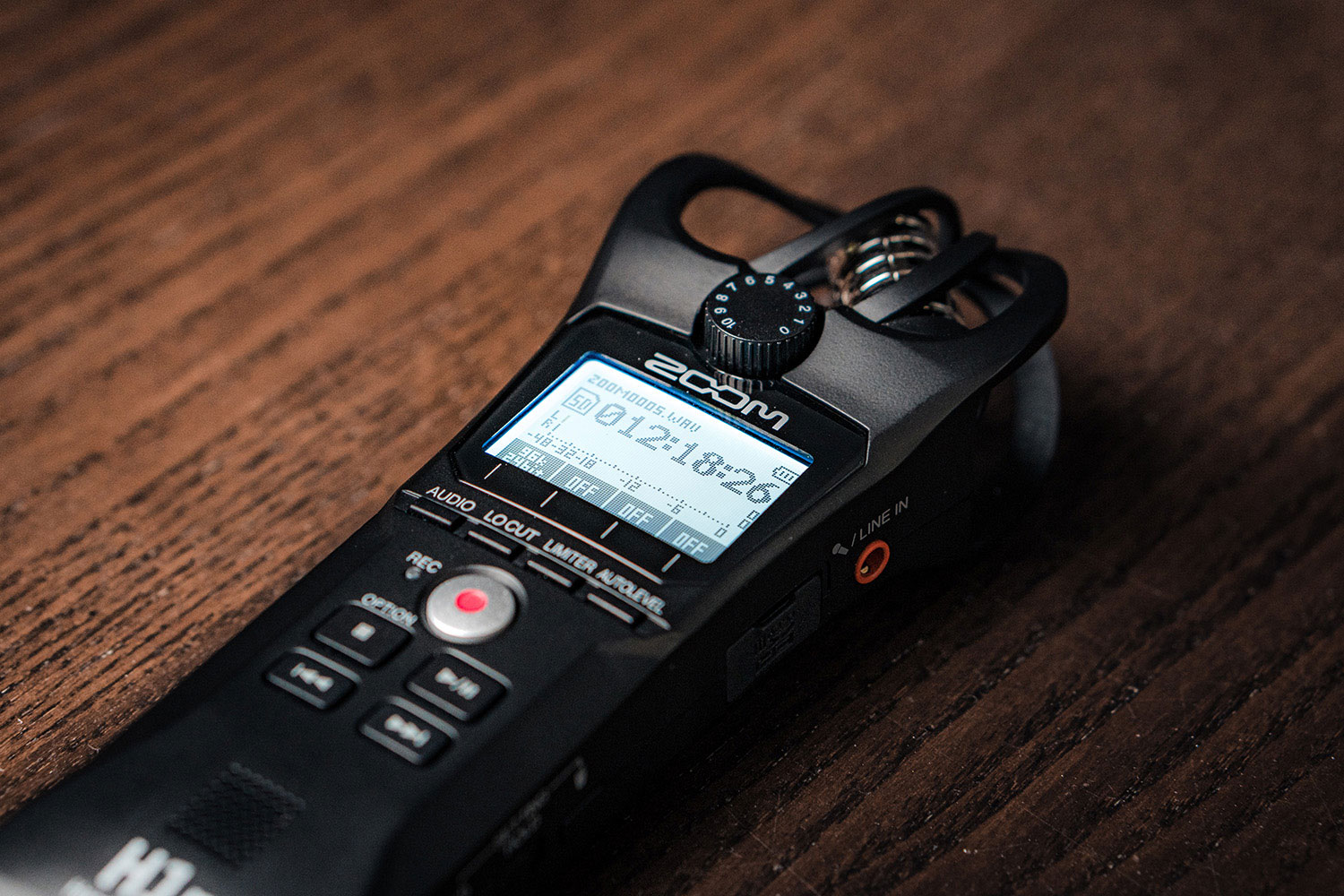How to Record Voice using Traditional Methods

Table of Contents
Recording voice using traditional methods can be a fascinating process that takes us back to the days of analog recording. While digital recording has taken over the music industry, some artists, musicians, and people in general still prefer the warmth and character of analog recordings. In this post, we’ll discuss how to record voice using traditional methods.
First steps
The first thing you need to do is to choose the right equipment. You will need a microphone, a preamp, and a recorder. A dynamic microphone is ideal for recording voice, as it is less sensitive to background noise and produces a warm and full sound. A condenser microphone can also be used, but it is more sensitive and requires a quiet environment.
Next, you will need a preamp, which is used to amplify the microphone signal before it is recorded. A good preamp can add warmth and character to the recorded voice. You can either use a standalone preamp or one that is built into your mixer.
Finally, you will need a recorder to capture the sound. There are various options available, including a reel-to-reel tape recorder, a cassette recorder, or a digital recorder. Each has its own unique sound quality, so choose one that suits your needs.
The recording process
Step 1: Find the space
Once you have your equipment, it’s time to set up your recording space. Find a quiet room with good acoustics. A room with high ceilings and hard surfaces can create echoes, so you may want to add some soft furnishings or acoustic panels to reduce the echo.
Step 2: Set up
Next, set up your microphone and preamp. Connect the microphone to the preamp, and then connect the preamp to the recorder. Adjust the gain on the preamp until the voice is at the right level.
Step 3: Check before start recording
Before you start recording, make sure you do a sound check. Ask the person who will be recording their voice to speak into the microphone at different volumes. Adjust the gain accordingly to ensure that the voice is recorded at the right level.
Step 4: Record
When you’re ready to start recording, hit the record button on your recorder. Encourage the person recording to speak clearly and project their voice. If there are any mistakes or pauses, stop the recording and start again from the beginning of the sentence or phrase.
Step 5: Review
Once you have finished recording, listen back to the recording and make any necessary adjustments. You can edit the recording by cutting and splicing the tape or using editing software if you are using a digital recorder.
Conclusion
In conclusion, digital recording using traditional methods can be a rewarding experience that produces warm and characterful recordings. With the right equipment and setup, you can capture the true essence of the human voice. If you don’t have the equipment, consider using a digital recording online app like VoiceRecorder.org.